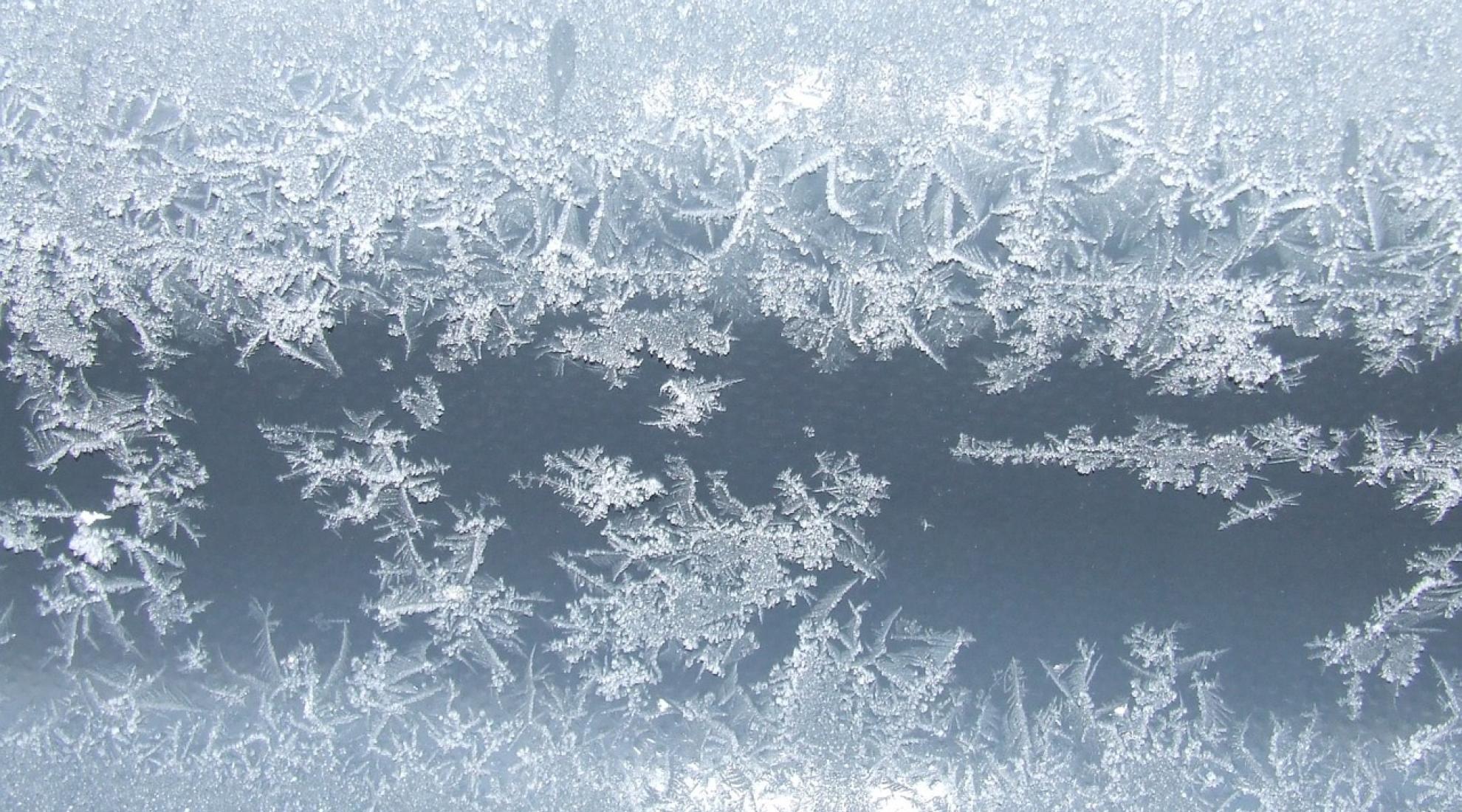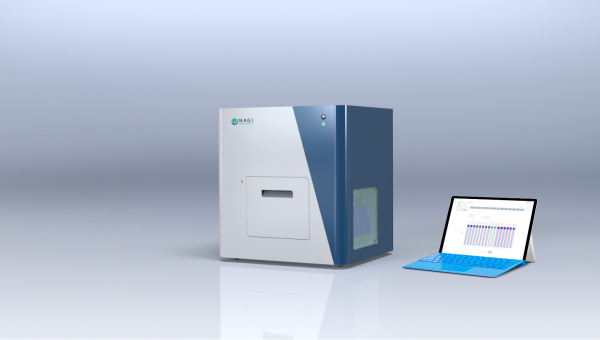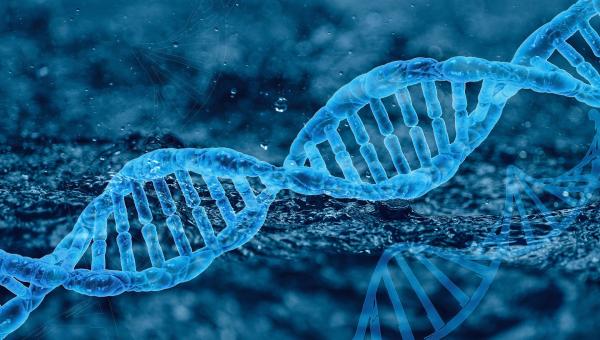Demystifying subzero temperature water crystallisation

Water has many characteristics that deviate from regular chemical principles. With the help of a revolutionary technology from EPFL researchers, a 40-year scientific riddle may have a solution.
It is common knowledge that water normally freezes at a temperature of 0 degrees Celsius and turns into ice. The phenomenon that we are familiar with as a refreshing addition to a summer drink has also been a subject of scientific research for many decades.
Water is a strange substance. Most materials become smaller and denser when they get cold, but water reaches its highest density at 4 °C and expands the closer it gets to freezing point. If this were not so, ice would not float on top of water and the oceans would freeze from the bottom up, making life on Earth virtually impossible.
Over 70 unusual properties
Why water behaves the way it does is a fundamental chemical problem that has been researched and discussed for a long time. Water has many exciting characteristics that deviate from regular chemical principles and norms. Because of its chemical bonding, scientists have so far discovered over 70 unusual properties, known as water anomalies.
'No man's land' temperatures made further analysis impossible
At low temperatures and high pressure, the otherness of water is especially evident. For scientists, however, there was an insurmountable obstacle in the further exploration of this element. To find out more, it would be necessary to study water at a temperature of -113 °C to -41 °C, a temperature range that is deemed a 'no man's land'. At this temperature, water crystallises so quickly that it has not been possible to analyse its properties until now.
An experiment to systematically probe the structure of water beyond this 'no man’s land' has remained elusive for decades.
New technology from Lausanne
A revolutionary technology from EPFL may now change that. The research team from Lausanne has developed a way to rapidly prepare deeply supercooled water at a well-defined temperature and probe it with electron diffraction before it can crystallise. The scientists performed the experiments using a specialised time-resolved electron microscope they custom built. To do this, they cooled a layer of graphene to -172 °C and deposited a thin film of amorphous ice. They then locally melted the film with a microsecond laser pulse to obtain water in ‘no man’s land’, and captured a diffraction pattern with an intense, high-brightness electron pulse, as they explain in their report.




